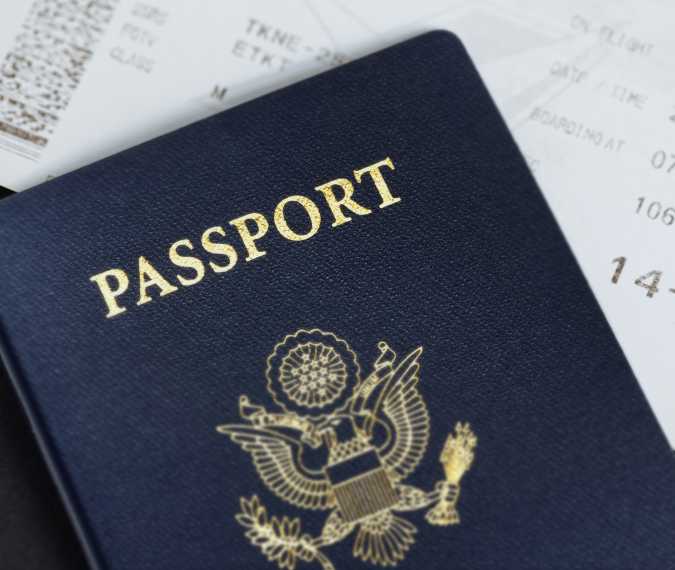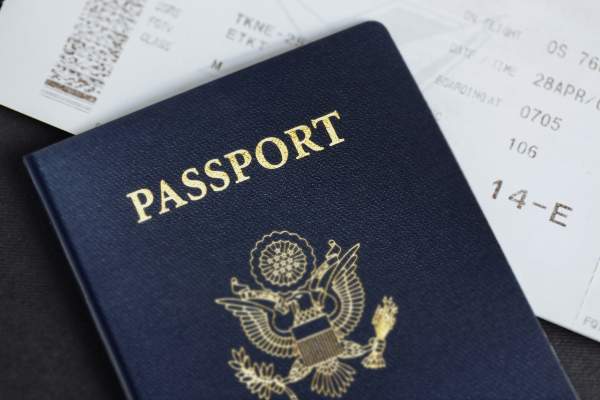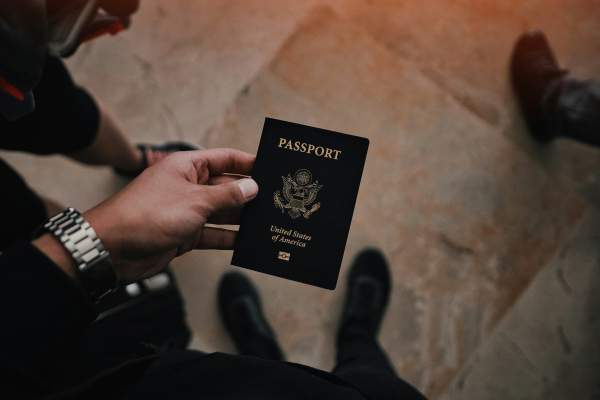
U.S. Passport Drops Out Of The Top 10 Most Powerful For First Time In History
For the first time since global passport rankings began, the American passport has dropped out of the Top 10—marking a notable shift in international travel freedom.
A Decline in Passport Power
Planning an overseas trip? Your U.S. passport doesn’t hold quite the same weight it used to. According to the 2025 Henley Passport Index, the United States now ranks 12th, tied with Malaysia.
A decade ago, American travelers enjoyed the world’s most powerful passport, granting nearly unrestricted global entry. But the latest report shows the tides have turned.
What Determines Passport Strength?
A passport’s ranking depends on how many destinations its holders can enter without needing a visa in advance—either visa-free or with visa-on-arrival privileges. The broader the access, the stronger the passport.
Diplomatic relations, reciprocity policies, and global openness all play a role in determining these rankings.

Photo: unsplash.com/@globalresidenceindex
What Determines Passport Strength?
A passport’s ranking depends on how many destinations its holders can enter without needing a visa in advance—either visa-free or with visa-on-arrival privileges. The broader the access, the stronger the passport.
Diplomatic relations, reciprocity policies, and global openness all play a role in determining these rankings.
Why the U.S. Fell Behind
Several subtle but impactful changes have chipped away at America’s position:
Brazil brought back visa requirements for U.S. citizens earlier this year.
China added dozens of countries to its visa-free list—but left out the United States.
Vietnam expanded visa-free access for many nations, excluding Americans.
Myanmar and Papua New Guinea adjusted their policies, boosting other countries’ scores.
Somalia’s new eVisa program also reshuffled rankings globally.
Together, these moves have pushed the U.S. out of the world’s most elite travel tier.

Photo: unsplash.com/@leviventura_
Where the U.S. Stands Now
U.S. passport holders can currently visit 180 destinations visa-free or with a visa-on-arrival out of 227 worldwide.
That’s still impressive—but behind Singapore, which leads with access to 193 destinations.
Top 10 Most Powerful Passports (2025)
1. Singapore – 193 destinations
2. South Korea – 190
3. Japan – 189
4. Germany, Italy, Luxembourg, Spain, Switzerland – 188
5. Austria, Belgium, Denmark, Finland, France, Ireland, Netherlands – 187
6. Greece, Hungary, New Zealand, Norway, Portugal, Sweden – 186
7. Australia, Czechia, Malta, Poland – 185
8. Croatia, Estonia, Slovakia, Slovenia, UAE, United Kingdom – 184
9. Canada – 183
10. Latvia, Liechtenstein – 182
The United States now sits just outside this group—closer to Malaysia than to its European and Asian counterparts.
The Growing “Openness Gap”
Analysts point to an “openness gap” as a key factor. While Americans can visit many countries without a visa, the U.S. itself only allows 46 nationalities to enter visa-free, placing it 77th on the Henley Openness Index.
Nations that maintain strict entry rules, such as the U.S., Canada, and Australia, have all seen their rankings stagnate or decline over the past decade.
What This Means for American Travelers
This drop doesn’t make international travel impossible for U.S. citizens, but it does reflect a changing global landscape.
More destinations now require advance visas or eVisa applications for Americans, while other nations—especially in Europe and Asia—are expanding access among themselves.
As a result, there’s been a sharp rise in Americans exploring dual citizenship or residency-by-investment programs. Henley & Partners reports a 67% increase in applications from U.S. citizens this year, making them the largest group of global applicants—outpacing Turkish, Indian, Chinese, and British investors combined.


